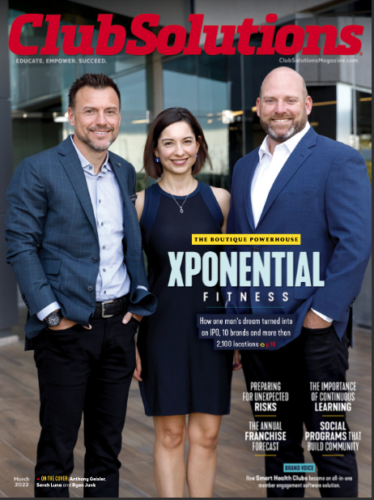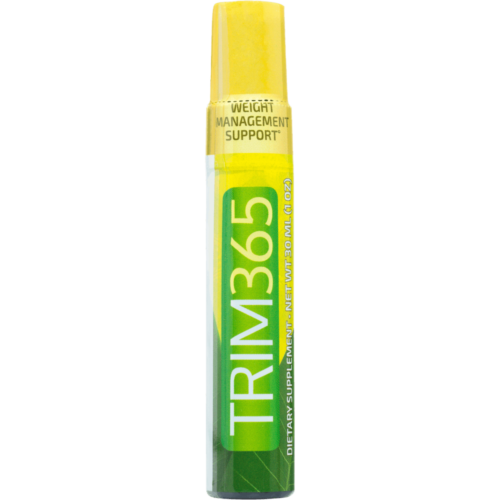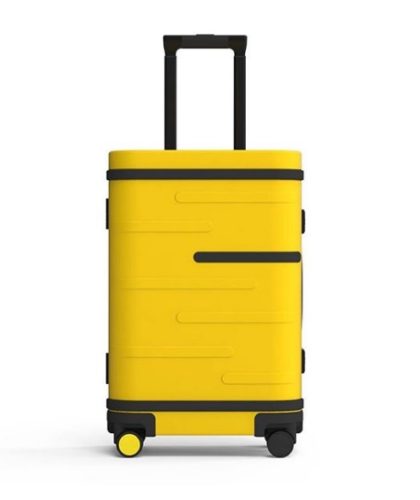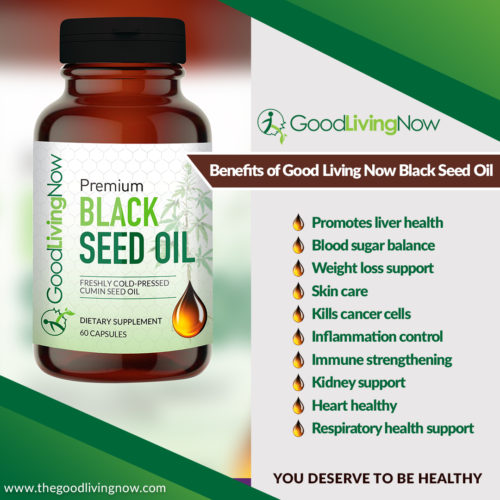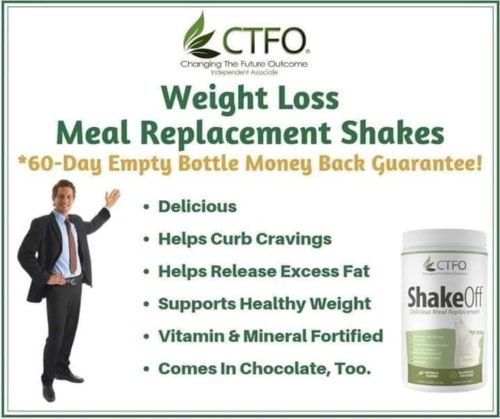Recession-rocked health clubs
General Manager J.R. Ruis understands how tough it is for some of his longtime members at YouFit Health Club in Miami to pay even the rock-bottom monthly fee of $10.
“The unemployment center next door is busy all the time,” Ruis said. “And the center for children and families upstairs is real busy, too.”
The recession hasn’t spared swanky health clubs, either, including the Downtown Athletic Club on the 15th floor of Miami’s Wachovia Tower, which last year lost 200 to 300 members as nearby law offices, banks and architectural firms laid off employees.
In the 2005-2006 fiscal year, there were 393 licensed health clubs and fitness centers in Miami-Dade and Broward counties. Now there are 349, a drop of 44 or 12 percent.It has become survival of the fittest in the $19.5-billion health-club industry.
The result: a buyer’s market for those wanting to sweat away stress and get healthy — especially important if you’ve lost your job and health insurance.
To keep members and lure new ones, many South Florida fitness centers have cut membership costs and waived initiation fees. But the biggest gain for gym consumers is a new industry trend: elimination of long-term contracts.
“They’re doing that for survival purposes,” said Terry McElroy, spokesman for the Florida Department of Agriculture and Consumer Services, which licenses and regulates health clubs.
“The fact is people used to be perfectly willing to pay for a year membership,” McElroy said. “They are not now for obvious reasons. They do not know if they will be working and do not want to lay out all that money at once.”
Michael Collier, general manager of 2-year-old Snap Fitness 24-7 in North Miami, agreed: “The last thing a lot of people want to do now is be locked into a contract when they don’t know what tomorrow will bring.”Snap is waiving its $60 initiation fee and running a $1-a-day promotion, which is paid $30 per month, a $9 savings over its usual monthly fee.YouFit, a St. Petersburg-based chain with five South Florida locations, charges $10 a month with no contracts for basic facilities offering lots of cardio equipment.
“Our goal is to be the best value in fitness,” said J.J. Creegan, director of brand development. “It’s easy to join, easy to cancel.”LA Fitness, with 20 Miami-Dade and Broward gyms, has done away with contracts and begun offering family memberships that cover up to four people for $90 a month.Gold’s Gym, with five South Florida outlets, has cut its membership fees by about 20 percent and begun offering month-to-month plans.“I do think the industry had to remold itself during the recession,” said Anthony Johnson, manager of Gold’s Fort Lauderdale gym, which did a $500,000 upgrade last year, adding personal televisions and iPod docks on the cardio-training machines. “People just couldn’t afford to keep coming.”Membership is climbing again, Johnson said, after dropping about 25 percent in early 2009.Fitness aficionados who’ve kept their gym memberships are using them more. Average health club attendance increased to an all-time high of 102 days , according to the International Health, Racquet & Sportsclub Association.“In hard times, people need something to break the stress and exercise becomes your ally,” said Bill Higgs, general manager of Shula’s Athletic Club in Miami Lakes.Nonetheless, Higgs said, revenues are down about five percent at the gym named for former Miami Dolphin coach Don Shula.“When it comes down push to shove, and your home is foreclosed or something like that, you might not have much of a choice,” said Higgs, who has added kids’ programs and sponsored a weight-loss contest open to the community. “It’s still tough out there.”Some South Florida clubs have gone the extra mile for unemployed members, allowing them to slide a month or two on payments or even work out for free.“I have a very personal gym where everybody knows everybody,” said Chris Russo, owner of Miami Shores’ MPower Project Fitness.“If somebody who’s worked their [butt] off for years and finds themselves in a crappy position, I’ll tell them: `Come in and pay when you can.’ ”The 14-year-old gym is running a sale, offering membership for $99 down and $29.95 month.“Would I have done that three years ago?” Russo asked. “Probably not.”Loyalty can be a two-way street. Adrienne Jarrett, 55, an administrator at the University of Miami Center on Aging, said she began taking her lunch to work and shopping for clothes at thrift stores, but won’t skimp on workouts at MPower Project.“It makes me feel fantastic and healthy,” Jarrett said. “I walk a little taller. Smile a little more.”Harold Stowe, 59, said he’s being eating out less to afford his MPower membership. He lifted his shirt to reveal a six-inch scar on his chest.“Quadruple bypass,” said Stowe, who is retired. “My doctor said I should exercise 30 minutes a day and I don’t have the will power to do it at home.”The 26-year-old Downtown Athletic Club took a proactive approach to its declining membership. It offered two-month free memberships to laid-off members, pumped about $500,000 into a new cardio center and bolstered its classes and basketball league.At the same time, new downtown condo buildings began filling with residents and Wells Fargo moved into Wachovia Tower.The net result: “We’ve picked up what we lost and added 15 to 18 percent,” said Bryant Samson, general manager of the gym with a bird’s-eye view of the city. “We’re now ahead of our best year ever.”Then there’s the über-upscale Equinox Fitness Clubs, which costs about $135 a month and is banking on members’ vanity.Equinox’s three South Florida clubs have not slashed prices, said chief operating officer Scott Rosen, and instead have upgraded with the newest generation in spin bikes, eco-friendly towels and high-end shampoo, conditioner and body wash.“In Florida, a lot of people are body conscious,” Rosen said. “You can do without another meal at China Grill, but you can’t do without Equinox if you want to look good on the beach.”

















